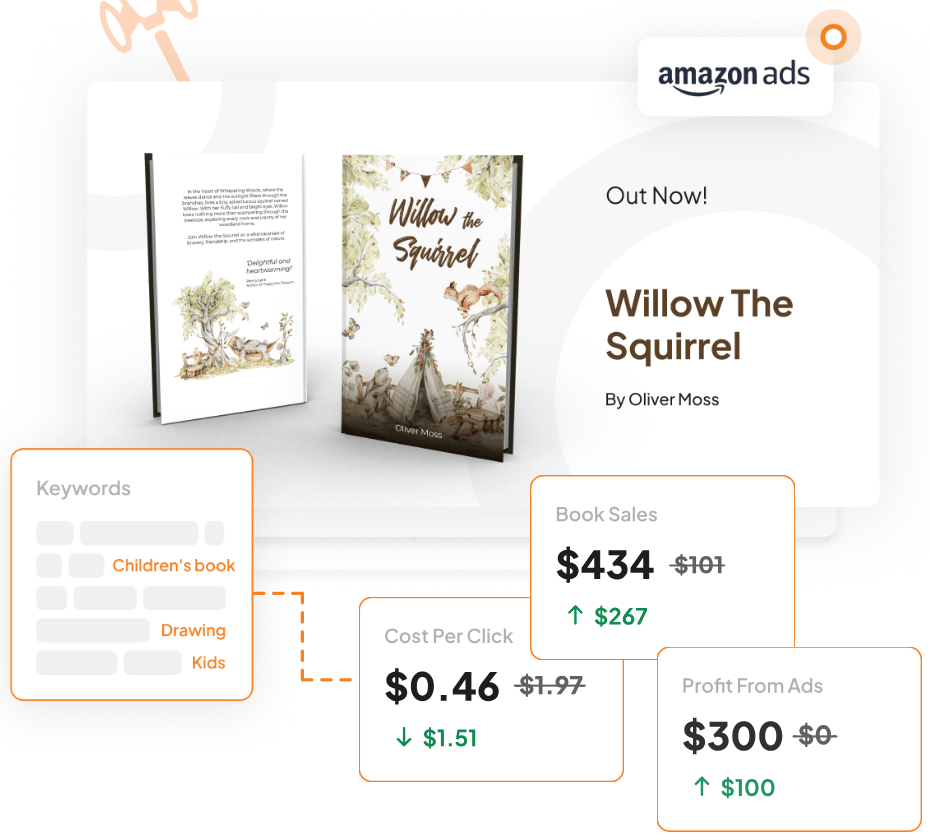Imagine setting off on a journey with a map that suddenly leads you astray, leaving you lost and bewildered. This is what can happen to your readers if your chapter structure falters at a critical point in your story.
Crafting a narrative is much like navigating a winding road, where each chapter serves as a guidepost, leading your audience through the landscapes of your imagination. Yet, one misstep in the architecture of your chapters can send your tale spiraling into confusion.
But fear not, for understanding the intricacies of chapter structure can prevent this storytelling pitfall.
Understanding Chapter Structure
Just as an architect lays the foundation of a building, a writer must meticulously plan the chapter structure of their story. This structure is not just a sequence of events but the backbone that upholds the narrative.
Each chapter is a thread in the fabric of your tale, and when woven correctly, they create a tapestry that captivates the reader. But what makes this structure so vital? Let’s delve into the elements that can make or break your story.
The Importance of Narrative Flow
At the heart of every compelling story lies a seamless narrative flow. This flow is the rhythm that guides the reader from one chapter to the next, ensuring that the story unfolds naturally and engagingly.
A well-structured narrative allows for peaks and valleys, moments of tension followed by resolution, much like a symphony that builds to a crescendo before gently guiding the listener back to tranquility. Without this flow, a story can feel disjointed, leaving readers lost in a labyrinth of plot points.
To maintain a fluid narrative, consider mapping out your story’s emotional journey. Identify the highs and lows, and ensure each chapter contributes to this overarching rhythm. This approach will help you craft a story that feels cohesive and satisfying.
Identifying Storytelling Pitfalls
Storytelling is a delicate dance; even the most seasoned writers can stumble into pitfalls that disrupt their narrative. One common mistake is the exposition dump, where too much information is unloaded at once, overwhelming the reader.
Another is predictability, which can rob a story of its suspense and intrigue. It’s crucial to weave information naturally into the story to avoid these traps, allowing readers to uncover details as they progress through the chapters.
Consider the following pitfalls and how to avoid them:
- Exposition Dumps: Introduce background information gradually.
- Predictability: Incorporate twists that challenge reader expectations.
- Over-Worldbuilding: Focus on what enhances the narrative, not every detail.

The Role of Engagement in Storytelling
Engagement is the lifeblood of any story, the spark that keeps readers turning pages late into the night. But how does chapter structure influence this engagement? The answer lies in how you craft each chapter to draw readers deeper into your world.
How Chapter Structure Affects Reader Engagement
The way you structure your chapters can either captivate or alienate your audience.
A strong opening hook, a well-paced middle, and a satisfying conclusion are essential components that keep readers invested. Think of each chapter as a mini-story within the larger narrative, with its arc that draws readers in and leaves them eager for more.
To enhance engagement, end each chapter with intrigue or suspense. This technique, known as a cliffhanger, compels readers to continue, eager to resolve the unanswered questions.
Google Docs is for notes. Scrivener is for novels. Upgrade your writing game and try it for free today!

Creating Tension Through Structure
Tension is the heartbeat of a gripping story, and your chapter structure plays a pivotal role in building and maintaining this tension. By carefully pacing the release of information and the development of conflicts, you can keep readers on the edge of their seats.
Consider how the placement of a chapter can amplify the stakes, heightening the drama and urgency of the narrative.
| Technique | Description |
|---|---|
| Foreshadowing | Hint at future events to build anticipation. |
| Pacing | Vary the tempo of your story to maintain interest. |
| Cliffhangers | End chapters with unresolved tension to drive reader curiosity. |
Common Mistakes in Chapter Development
As you construct your narrative, it’s essential to be aware of common mistakes that can derail it. These missteps often arise from a lack of balance between action and exposition or from failing to align the chapter’s purpose with the overall narrative arc.
Exposition Dumps: What to Avoid
The dreaded exposition dump is one of the most frequent errors in chapter development. This occurs when a writer inundates the reader with information, disrupting the story’s flow.
Instead, aim to integrate exposition seamlessly into dialogue or action, allowing readers to discover the world organically.

Predictability: The Silent Killer of Stories
Predictability can sap a story’s life, leaving readers disengaged. To combat this, introduce unexpected twists and turns that challenge your characters and audience. By subverting expectations, you keep the narrative fresh and exciting.
The Dangers of Over-Worldbuilding
While worldbuilding is crucial, it’s easy to become lost in the details, overwhelming the reader with unnecessary information. Focus on elements directly impacting the plot and character development, using your world to enhance the story rather than overshadow it.
Active vs. Passive Voice: Finding the Balance
Voice is a powerful tool in storytelling, and the choice between active and passive voice can significantly impact your narrative. Active voice creates immediacy and engagement, while passive voice can distance the reader. Strive for a balance that suits the tone and pace of your story.
Experiment with rewriting key scenes in active and passive voice to see how it changes the reader’s experience. This exercise can help you find the right balance for your narrative.
No marketing platform? No social following? No problem!
Publisher Rocket helps you market your debut novel like a pro.
It’s a gamechanger for debut authors – try it today!


Crafting a Captivating Opening
The opening of your story sets the stage for everything that follows. It’s your opportunity to hook readers and draw them into your world. A strong opening chapter establishes tone, introduces characters, and presents the central conflict, all while enticing the reader to continue.
Hooks That Capture Attention
A captivating hook is the gateway to your story.
The opening lines should compel readers to dive deeper, whether it’s an intriguing question, a vivid image, or a dramatic event. Consider what makes your story unique and use that element to grab attention from the start.

Using Visual Elements to Enhance Narrative
Visual elements, such as vivid descriptions and dynamic settings, can enrich your narrative and engage the reader’s imagination. By painting a picture with your words, you invite readers to enter your world, making the story more immersive and memorable.
Maintaining Reader Interest with Structure
Once you’ve captured your reader’s attention, maintaining their interest throughout the story is the challenge. This requires careful planning and execution of your chapter structure, ensuring each narrative segment builds upon the last.
The Flow of Ideas: Creating Seamless Transitions
Seamless transitions between chapters are essential for maintaining narrative momentum.
Each chapter should flow naturally into the next, with clear connections between scenes and ideas. This coherence keeps readers engaged, preventing them from becoming lost or disoriented.
Engaging Readers with Interactive Content
Incorporating interactive content, such as reader polls or decision points, can enhance engagement by inviting readers to participate in the story. This approach creates a sense of investment, as readers feel their choices impact the narrative’s direction.
Feeling lost with your debut novel?
Fiverr Pro connects you with expert editors, designers, and marketers – everything you need to get your book ready for success!

Final Thoughts on Chapter Structure
Remember that mistakes are stepping stones to mastery as you craft your story.
Embrace them as opportunities to learn and grow, refining your craft with each revision. The path to mastering your narrative is paved with experimentation, reflection, and a commitment to honing your skills.
Embracing Mistakes as Learning Opportunities
Mistakes are an inevitable part of the writing process but also invaluable learning opportunities.
You can gain insights that strengthen your storytelling abilities by analyzing what went wrong and why. Approach each error with curiosity and a willingness to improve.
The Path to Mastering Your Narrative
Mastering your narrative is a lifelong journey that requires dedication and passion. By focusing on the art of chapter structure, you lay the foundation for stories that resonate and endure.
As you continue to write, remember that each word is a step toward creating something truly remarkable.








